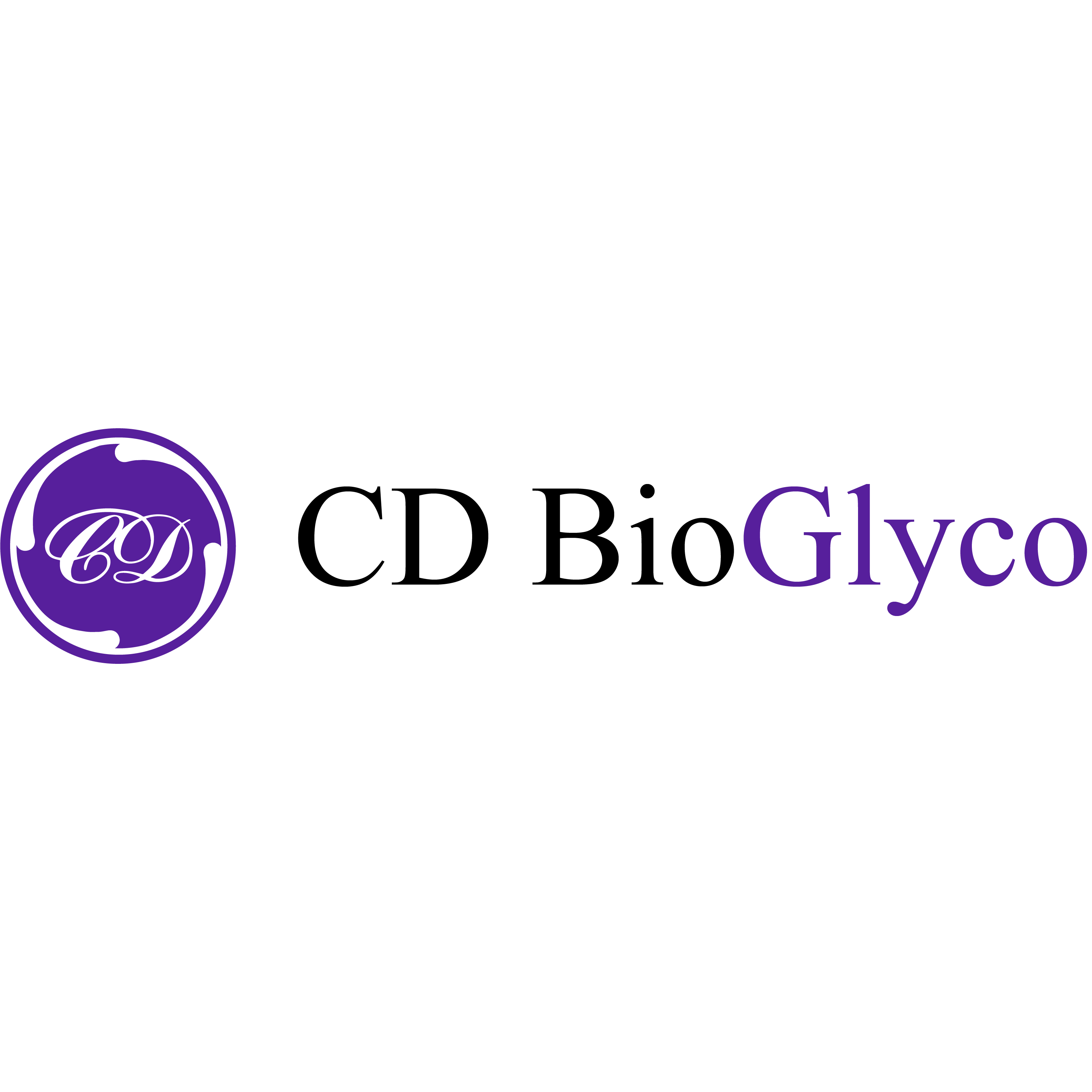
Glycoprotein Quantification: Shedding Light on Protein Glycosylation
27/04/2024 08:04 AMPost by CD BioGlyco
Proteins are the workhorses of the cell, carrying out a wide range of functions essential for life. However, proteins rarely exist in their naked form. Instead, they are often adorned with complex sugar molecules, a process known as glycosylation. Glycoproteins, as they are called, play critical roles in various biological processes, including cell signaling, immune response, and protein folding. Quantifying glycoproteins and understanding their abundance is crucial for unraveling their functions and their implications in health and disease.
Glycoprotein quantification is a challenging task due to the complexity and heterogeneity of these molecules. Unlike DNA or RNA, which have a linear sequence of nucleotides, glycoproteins have a diverse array of sugar molecules attached to specific amino acid residues. This heterogeneity arises from the different types of sugars, the number of sugar molecules, and the specific sites of glycosylation within the protein. Additionally, glycosylation can vary between different cell types, tissues, and even individuals, further complicating the quantification process.
One of the key techniques used for glycoprotein quantification is mass spectrometry. Mass spectrometry allows for the identification and quantification of proteins based on their mass-to-charge ratio. In the case of glycoproteins, mass spectrometry can be used to analyze the intact protein or to analyze the released glycans. By comparing the mass spectra of different samples, researchers can determine the relative abundance of glycoproteins and identify changes in glycosylation patterns.
To analyze intact glycoproteins, researchers often use techniques such as liquid chromatography coupled with mass spectrometry (LC-MS). LC-MS separates the glycoproteins based on their size, charge, and hydrophobicity, allowing for the identification and quantification of individual glycoprotein species. This approach provides valuable information about the intact glycoprotein, including the total number of glycosylation sites and the relative abundance of different glycoforms.
Another approach to glycoprotein quantification is the analysis of released glycans. Glycans can be enzymatically released from glycoproteins and analyzed using techniques such as liquid chromatography (LC) or capillary electrophoresis (CE) coupled with mass spectrometry. This approach provides information about the glycan structures attached to the protein, including the types of sugars, the number of sugar molecules, and the branching patterns. By quantifying the released glycans, researchers can infer the abundance of the corresponding glycoproteins.
In addition to mass spectrometry, other techniques such as lectin-based assays and antibody-based assays can also be used for glycoprotein quantification. Lectins are proteins that specifically bind to certain sugar molecules, making them useful tools for detecting and quantifying glycoproteins. Lectin-based assays can be performed using techniques such as enzyme-linked lectin assays (ELLA) or lectin microarrays, which allow for high-throughput analysis of glycoproteins. Antibody-based assays, such as enzyme-linked immunosorbent assays (ELISAs), can also be used to quantify specific glycoproteins by targeting unique glycan epitopes.
Glycoprotein quantification has important implications in various fields, including biomedical research and clinical diagnostics. In biomedical research, understanding the abundance and glycosylation patterns of specific glycoproteins can provide insights into their functions and their roles in disease. For example, aberrant glycosylation of certain glycoproteins has been associated with cancer, autoimmune diseases, and neurodegenerative disorders. By quantifying these glycoproteins, researchers can identify potential biomarkers for disease diagnosis, monitor disease progression, and develop targeted therapies.
In clinical diagnostics, glycoprotein quantification can be used for disease screening, prognosis, and monitoring of therapeutic interventions. For example, the quantification of specific glycoproteins in blood samples can help identify early-stage cancers or monitor the response to cancer treatments. Glycoprotein quantification can also be used to assess the quality and consistency of biopharmaceuticals, such as monoclonal antibodies, which often undergo glycosylation during production. By ensuring the proper glycosylation of these therapeutic proteins, their efficacy and safety can be optimized.
In conclusion, glycoprotein quantification is a complex and challenging task that requires the use of advanced analytical techniques. Mass spectrometry, lectin-based assays, and antibody-based assays are among the key methods used for glycoprotein quantification. By quantifying glycoproteins and understanding their abundance and glycosylation patterns, researchers can gain valuable insights into their functions and their implications in health and disease. Glycoprotein quantification has important applications in biomedical research and clinical diagnostics, paving the way for the development of personalized medicine and improved patient care.